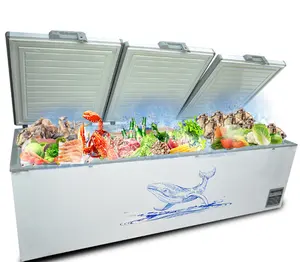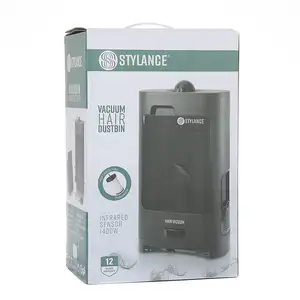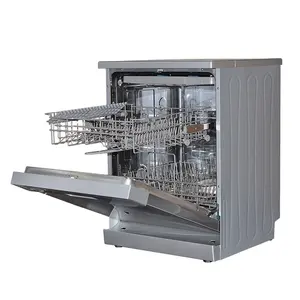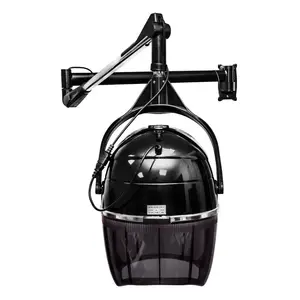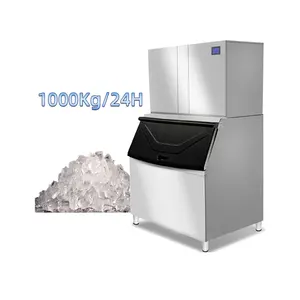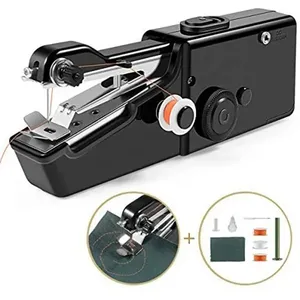Popular in your industry

































































Related Searches:














































































































































Top categories
About vacuum cleaner nonwoven dust bags
Understanding Vacuum Cleaner Nonwoven Dust Bags
Vacuum cleaner nonwoven dust bags are an essential component in many vacuum models, serving as a primary filtration medium. These bags are designed to trap dust, debris, and allergens, preventing them from recirculating into the air. Unlike their woven counterparts, nonwoven bags typically offer superior filtration due to their complex web-like structure.
Types and Compatibility
The market offers a variety of vacuum cleaner nonwoven dust bags tailored to fit a wide range of models. It's crucial to select the correct type that is compatible with your specific vacuum cleaner to ensure optimal performance and prevent any potential damage to the unit.
Materials and Features
Nonwoven dust bags are generally made from synthetic materials like polypropylene or polyester. These materials contribute to the bags' durability and filtration efficiency. Features may include hypoallergenic properties or multiple layers to capture finer particles, which are particularly beneficial for those with allergies or respiratory sensitivities.
Advantages of Nonwoven Dust Bags
The advantages of using vacuum cleaner nonwoven dust bags include enhanced air filtration, which is vital for maintaining indoor air quality. They are also disposable, making them convenient for users who prefer not to come into contact with the collected debris.
Environmental Considerations
While disposable, it's important to note the environmental impact of these products. Manufacturers are increasingly focusing on producing more sustainable and eco-friendly options, such as biodegradable nonwoven dust bags, to address these concerns.
Maintenance and Replacement
Maintaining and replacing vacuum cleaner nonwoven dust bags is a straightforward process. It is recommended to change these bags regularly to prevent loss of suction and overworking the vacuum's motor, which can lead to maintenance issues over time.
